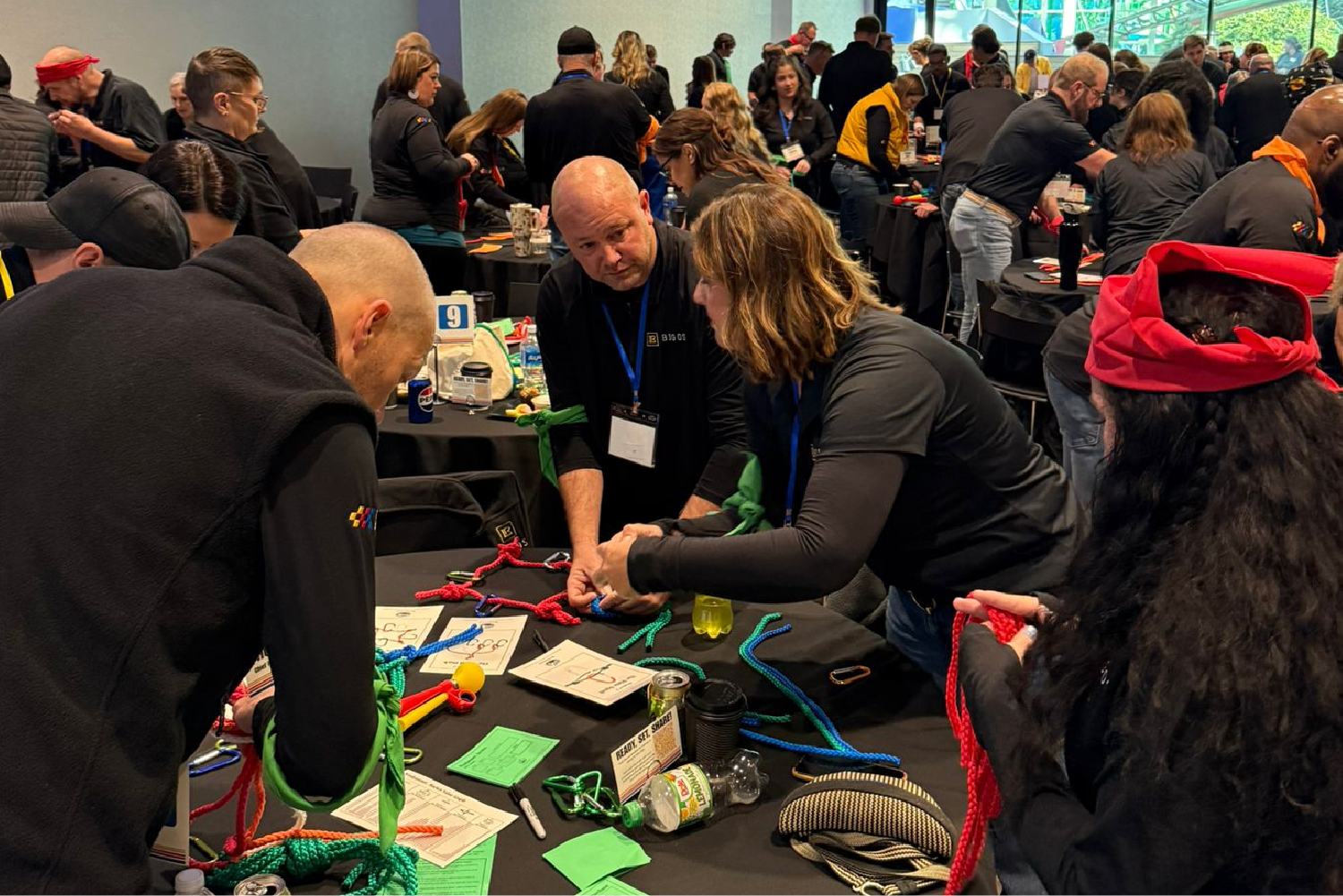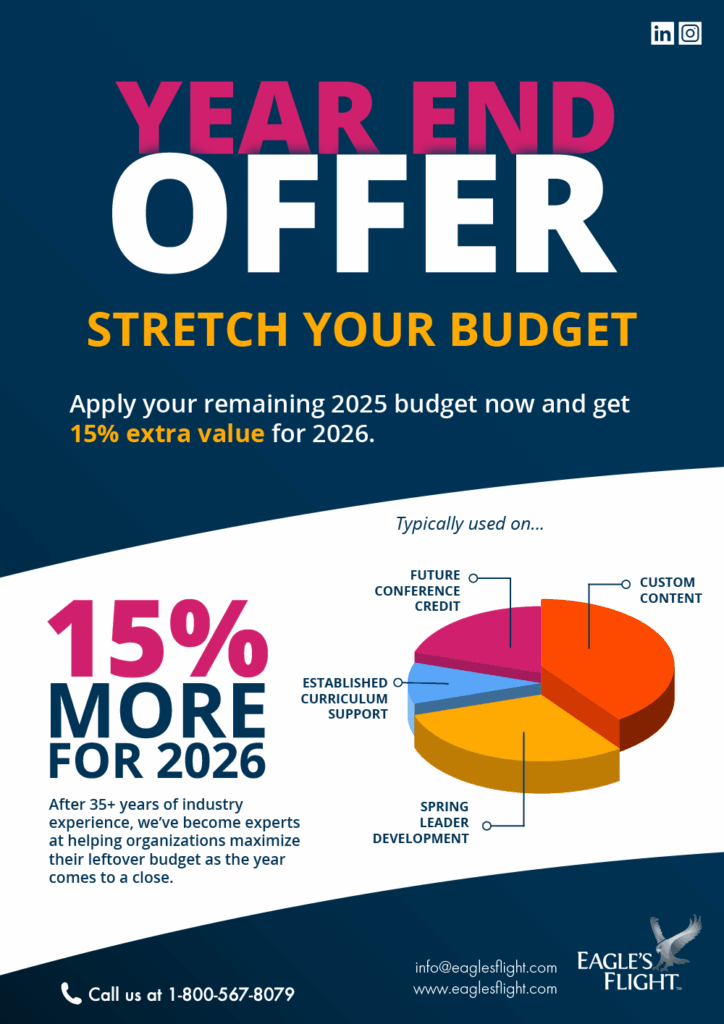If Everyone Knows What Needs to Change, Why Is It So Hard to Change How People Behave?
Organizations often enter change initiatives with clarity. The direction is set, the goals are understood, and teams agree on what needs to happen next. Yet the behaviors required to bring that strategy to life do not follow. This challenge sits at the center of leadership development, skill improvement, culture transformation, and change management efforts across every industry.
Understanding why behavior stays the same, and how to shift it, is essential for any organization trying to strengthen performance and culture.
The Clarity–Action Gap
Most change efforts begin with strong communication. Leaders explain the vision, outline expectations, and align teams around the desired future state. People understand what needs to change.
But understanding does not create new behavior.
This gap between clarity and action is where change efforts often stall. Knowledge alone does not create capability.
The Role of Experiential Learning
A major reason behavior does not shift is the lack of experiential learning. Traditional training methods such as lectures, presentations, and e-learning can explain the change, but they do not help people perform the new behavior when it matters.
Experiential learning closes this gap by giving people opportunities to:
practice new behaviors
receive real-time feedback
reflect on their decisions
try again in a safe environment
build confidence through repetition
This learning-by-doing environment is essential for turning strategy into action. It is also a core element of Eagle’s Flight’s approach to leadership development and culture transformation.



Why Behavior Change Is Challenging
Behavior is difficult to shift for several predictable reasons:
1. Comfort with the status quo
Old habits feel easier and safer. New behaviors require vulnerability and effort.
2. Lack of immediate results
When improvement feels slow, people return to familiar patterns.
3. Insufficient support
Without consistent coaching and reinforcement, new behaviors fade quickly.
4. Fear of failure
People hesitate to try new behaviors when mistakes feel risky or discouraged. These barriers are universal across teams and organizations.
Strategies for Effective Behavior Change
Here are the approaches that reliably drive behavior change and support change management, leadership development, and culture transformation:
1. Implement experiential learning
Provide hands-on practice where people can test new behaviors in realistic situations.
2. Provide continuous support
Coaching and feedback help reinforce new habits before old ones resurface.
3. Set clear expectations
People adopt new behaviors faster when they understand exactly what great performance looks like.
4. Celebrate small wins
Acknowledging progress builds momentum and keeps people motivated.
5. Create a safe environment for practice
Psychological safety allows people to experiment, make mistakes, and improve without fear.
These strategies turn behavior change from an abstract concept into something practical and repeatable.
The Impact of Behavior Change Done Well
When organizations use experiential learning and consistent reinforcement:
conversations improve
decision-making becomes clearer
accountability increases
confidence grows
performance becomes more predictable
teams adapt more quickly to change
Behavior change becomes sustainable rather than situational.
This is how organizations turn change management into lasting culture transformation.
Let's Recap...
Knowing what needs to change is not enough. People need the chance to practice new behaviors, receive feedback, and build confidence through repetition. Experiential learning provides the conditions that make behavior change possible. When paired with coaching, clear expectations, and a safe environment, new behaviors take hold and stay in place.
Strategy provides direction.
Behavior delivers results.
FAQ: Behavior Change and Experiential Learning
Concepts below reflect elements of Eagle’s Flight’s behavior-change methodology.
1. Why do behaviors stay the same even when people understand the change?
Understanding does not create capability. Without practice, old habits remain dominant.
2. Why is experiential learning essential for behavior change?
It provides hands-on practice, immediate feedback, and repetition, which help new behaviors become natural.
3. Why does traditional training fall short?
It explains what to do but does not help people perform the behavior under real conditions.
4. What causes resistance to new behaviors?
Comfort, fear, slow early results, and lack of reinforcement.
5. What helps new behaviors stick?
Consistent coaching, clear expectations, and visible progress.
6. How do organizations reduce fear during change?
Build psychological safety and encourage experimentation without judgment.
7. What accelerates behavior adoption?
Repeated experiential practice paired with coaching and feedback.
8. How does this connect to leadership development and culture transformation?
New behaviors are the foundation of both. Without behavior change, leadership development and culture work remain theoretical.






